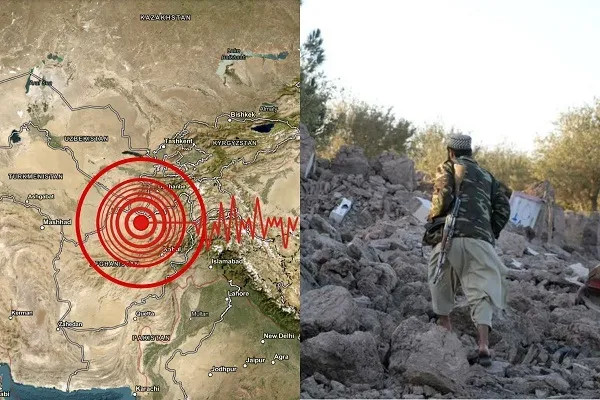Not only Sri Lanka, many countries of the world are in danger zone due to economic crisis

After the deepening of the economic crisis in Sri Lanka, the condition of the country has gone from bad to worse. However, along with Sri Lanka, there are many other developing countries which are pointing towards the economic crisis. Among them, Lebanon, Russia, Suriname and Zambia have already become defaulters along with Sri Lanka, while Belarus has reached the verge of default. At the same time, there are about a dozen sectors, which are fueling the fears of economic collapse due to rising cost of borrowing, inflation and debt.
According to the information, in this period of crisis, veterans hope that many countries can still avoid default. Especially if the global market is calm and the IMF is on its side. However these are risky countries.
Argentina
Argentinian currency peso is trading in the black market at a discount of 50 percent in the market. Reserves are severely low and bonds are trading at only 20 cents a dollar. The government does not have enough debt to serve till 2024.
Ukraine
Big investors such as Morgan Stanley and Amundi have warned that Russia’s aggression means Ukraine must renew its nearly $20 billion-plus debt. The crisis comes at a time when a bond payment of $1.2 billion is due in September.
Tunisia
Africa has a group of countries that go to the IMF, but Tunisia is most at risk. The nearly 10 per cent budget deficit here is one of the largest public sector wage bills in the world, and there are concerns that the IMF program could become difficult due to pressure from President Kais Syed to tighten his grip on power.
Ghana
Excessive borrowing has pushed Ghana’s debt-to-GDP ratio to nearly 85 percent. Its currency has lost about a quarter of its value this year and it was already spending more than half of its tax revenue on debt interest payments. Inflation is also approaching 30 percent.
Egypt
Egypt has a debt-to-GDP ratio of about 95 percent and has seen the largest exodus of international cash this year, at around $11 billion, according to JPMorgan.
Kenya
Kenya spends about 30 percent of its revenue on payment of interest. Its bonds have lost nearly half their value and currently have no access to the capital markets. On Kenya, Egypt, Tunisia and Ghana, Moody’s David Rogovic said that these countries are the most vulnerable, because their debt amount has come down to the reserve.
Ethiopia
Ethiopia is planning to become one of the first countries to get debt relief under the G-20 Common Framework Programme. However, his progress has been halted by the civil war.
El Salvador
El Salvador legalized bitcoin, but closed the doors to the IMF’s hopes. Confidence has eroded to such an extent that an $800 million bond maturing in six months is trading at a discount of 30 per cent and for longer tenors at a discount of 70 per cent.
Pakistan
Pakistan’s foreign exchange reserves have fallen to $9.8 billion, which is barely enough for five weeks of imports. The Pakistani rupee has weakened to a record low. The new government now needs to cut spending sharply as it spends 40 per cent of its revenue on interest payments. Although Pakistan has done an important IMF deal this week.
Belarus
Western sanctions set Russia as the default last month. At the same time, Belarus is now facing the same crisis. Belarus also stands with Moscow in the Ukraine campaign.
Ecuador
The Latin American country defaulted only two years ago. It is heavily indebted and with the government providing fuel and food subsidies, JP Morgan has cut its public sector fiscal deficit forecast to 2.4 percent of GDP this year and 2.1 percent next year.







